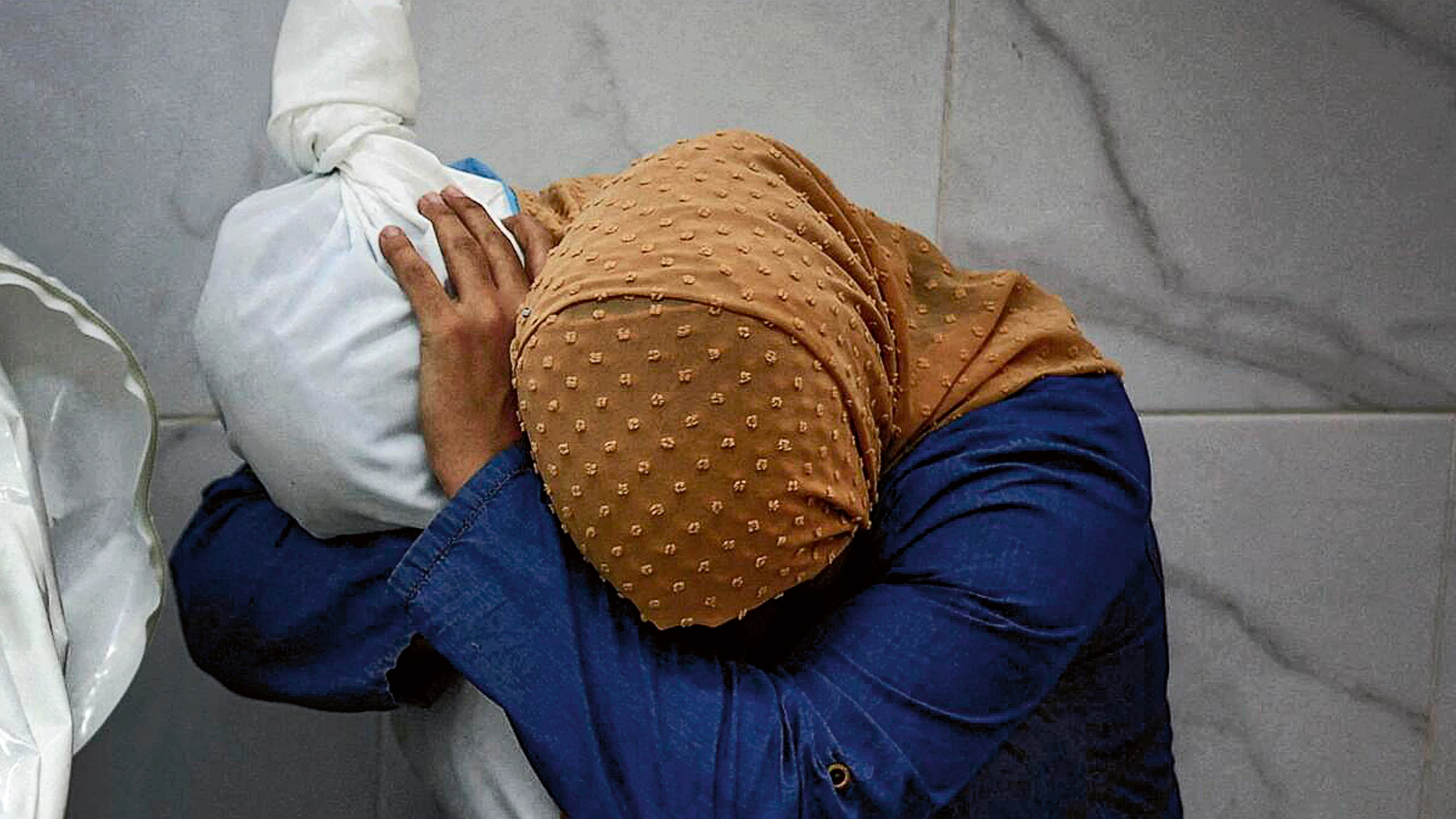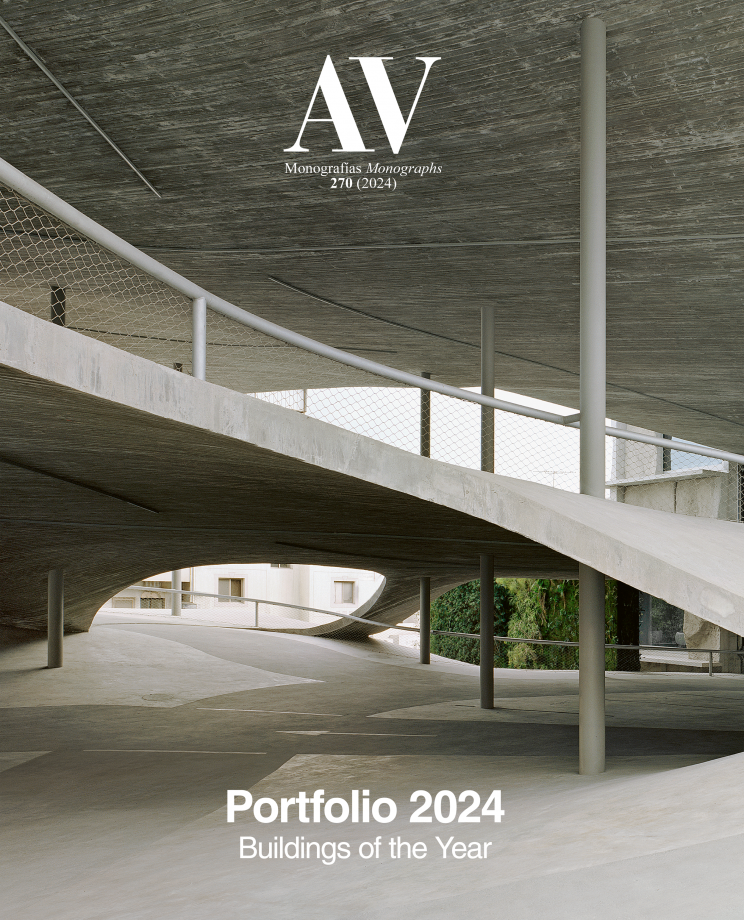
Mohammed Salem, Una mujer palestina abraza el cuerpo de su sobrina, 2023
The tragedy in Gaza is summed up in one image. The Palestinian photographer Mohammed Salem captured with his camera the mourning of the world through two figures intertwined by pain: the 36-year-old woman Inas Abu Maamar embraces the body of her five-year-old niece Saly, killed in Gaza on 17 October 2023 after an Israeli strike. The image was taken at the morgue of Nasser Hospital in Khan Yunis, within a Gaza Strip still today the stage of a devastating war, which has left thousands of civilian victims, many of them children, and in which more than a hundred journalists have lost their lives. Thanks to them we have news of the tragedy, which has triggered an unstoppable wave of protests, from international forums to university campuses, but the dramatic toll of victims and the graphic testimonies of the urban destruction pale beside the photograph of two persons inextricably tied by death: two people whose identity is revealed with the same respect that conceals their faces, turning them into universal, anonymous symbols.
The reaction to the photograph taken by Salem in Gaza has been overwhelming and unanimous. After being reproduced countless times, in March it received the Ortega y Gasset Award, and in April the World Press Photo, a prize that the photojournalist – linked to Reuters since 2003 – had already received in 2010. On this occasion, every element of the picture contributes to transforming it into an icon: the white shroud, which reveals death after shyly hiding beneath its pleats the atrocious marks on the inert body of the girl; the blue gown, which gathers in its monochrome gesture the entangled limbs of the woman who bends her knee in helplessness and wraps her arms to hold the lifeless head of her niece as if trying to keep death from taking her away; and the hijab of the same color of her hands, the only part of the body that is exposed in this textile elegy, where only three tones express the violence and emotional distress of the moment in the aseptic context of a hospital ward with floors and walls marked by the geometric order of the gray tiles.
It is not hard to see that the global impact of the image owes a lot to its association with the Pietà, which has since the Renaissance used the figure of Mary holding her dead son as symbol of the Passion, because the Mater Dolorosa is a recognizable emblem of affliction. From a pictorial perspective, both the veil on the head and the blue mantle are connected to the traditional image of the Virgin, emphasized in the chromatic field by the high price of lapis lazuli-based pigment, which constrained its use to the clothing of the Mother of God, where it evokes purity. But the monumental pyramidal composition, which gives the Gaza photograph a classical stability, also refers to sculpture, and probably the Pietà of Michelangelo are brought immediately to the visual memory of the beholder: the Vatican Pietà indeed, with a reduced figure of Christ to make it seem credible being held by his mother, but also that of Florence and above all of the Rondanini, because its non finito strikes us with the same violent abstraction of Salem’s Palestinian Pietà.







